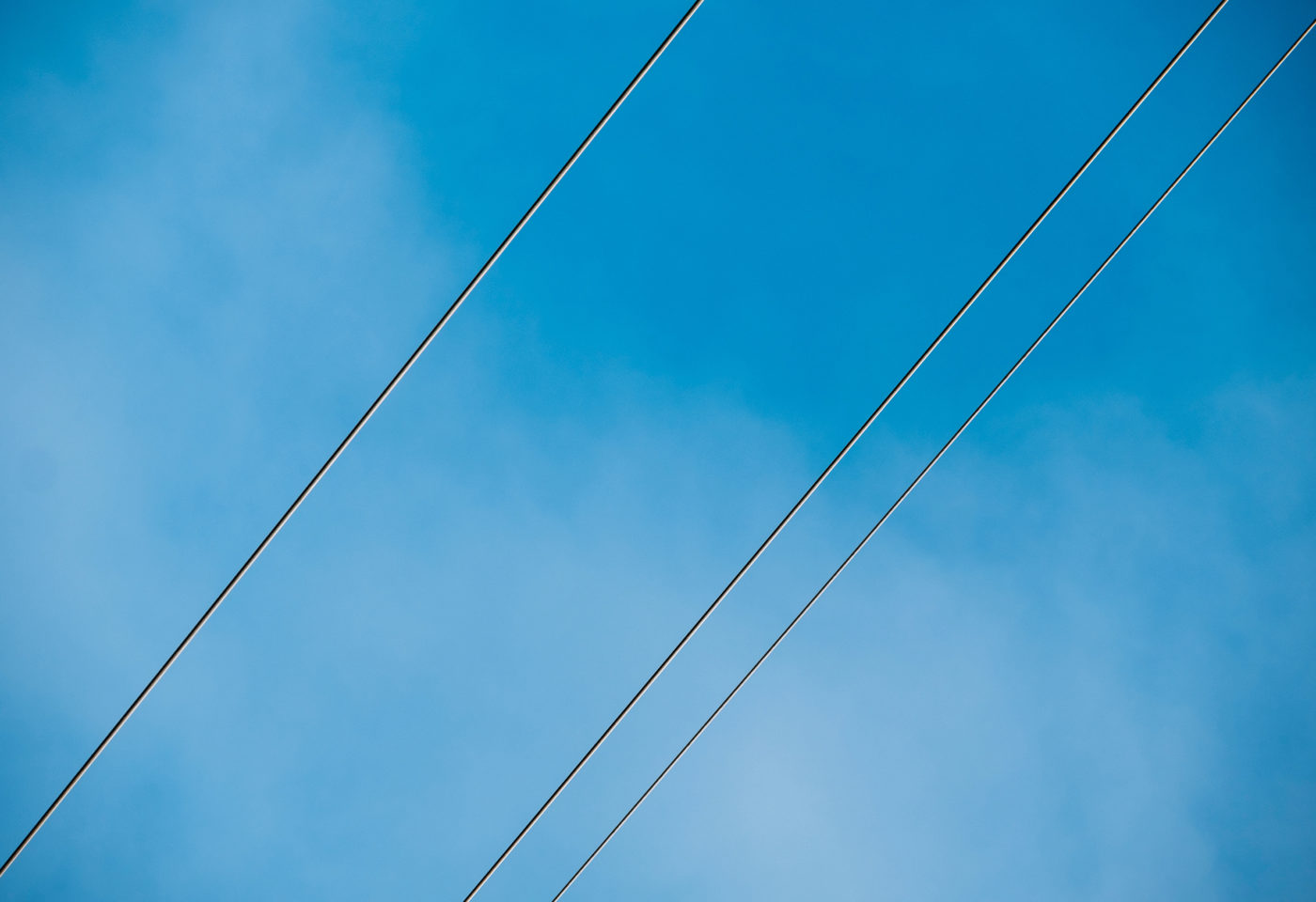By Nick Martin
Published in The Province
December 5, 2018
B.C. just released its new and improved climate action plan, and it’s electrifying. Literally.
Many of the plan’s components call for powering more things with electricity instead of fossil fuels. From zero-emission vehicle mandates to electrifying natural gas production, the plan’s actions make clear how important access to enough clean electricity will be for B.C.’s climate commitments.
It will be equally important that this electricity be reliable and affordable. To get there, B.C. will need to do something that hasn’t been all that palatable lately — play nice with Alberta.
B.C. is already a world leader in generating clean, affordable and reliable electricity. So why should it look beyond its borders, not to mention to Alberta, for help?
First, it will need a lot more clean electricity than it currently produces. While B.C. can meet the additional electricity demand with existing and planned projects, according to the plan, it acknowledges that post-2030, more clean electricity will be needed. Even this may be underestimated, as the announced plan only covers 75 per cent of B.C.’s emission-reduction goal. Policies covering the other 25 per cent will come over the next two years and these will likely require more electricity.
Sure, B.C. could meet these needs itself, but at what cost? Going it alone would hit British Columbians hard in the wallet — an argument made in a recent research paper from the Canada West Foundation, Power without Borders: Moving towards an integrated Western grid.
Most clean electricity generation — hydro, solar, wind, geothermal — is site specific. B.C. has already developed many of its best hydro resources. And while it does have substantial undeveloped wind resources, so do its neighbours to the east such as Alberta.
Alberta has some of the best wind resources in Canada and it is already breaking records with low wind prices. B.C. can benefit from this.
More co-ordination between provincial grids means B.C. could import cheap wind energy from the Prairies when it’s plentiful and save its flexible hydroelectricity for when the wind dies down. This would avoid the need to build as much new and often contentious electricity generation in B.C.
Meanwhile, more flexible hydro from B.C. could also flow into Alberta when it is needed, helping it balance its wind resources. The flexible nature of hydroelectricity is valuable, especially in a world with more variable generation such as wind and solar. Alberta would pay for this value, which would go back to B.C. Hydro in the form of lower rates or higher dividends to the provincial government.
Don’t think this is a scheme to rip off Albertans; they would benefit too. Without flexible hydroelectricity from B.C., Alberta would have to find alternative, more expensive ways to reduce emissions from their electricity sector. Without access to other markets for their electricity, Alberta would receive lower value for its wind generation and develop less of it as it saturates the provincial market.
Study after study shows that improving interprovincial electricity trade is key to supplying the clean electricity Canada will need. Pitched battles over pipelines haven’t exactly been winning Alberta and B.C. many new friends next door but no one is suggesting the provinces hold hands and sing kumbaya. But if they help each other and work toward a more integrated electricity grid, Alberta and B.C. can reduce emissions and save money.
In 2019, B.C. Hydro will undertake a comprehensive review of its operations and plans to ensure it can meet B.C.’s electricity needs. Working more closely with its provincial neighbours should be part of that plan.
B.C. plans to lean on electricity to hit its climate targets. With a more integrated grid, the province can achieve its targets at lower cost and help its neighbours do the same.
Nick Martin is a policy analyst at the Canada West Foundation and the author of Power without Borders: Moving towards an integrated Western grid.
